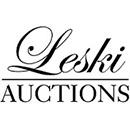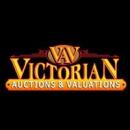


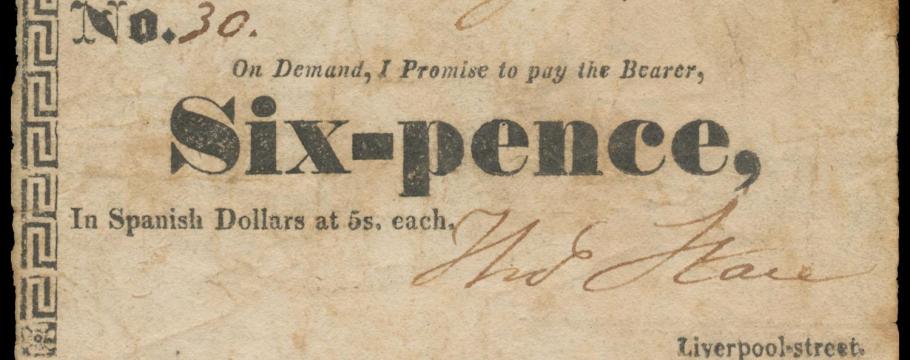
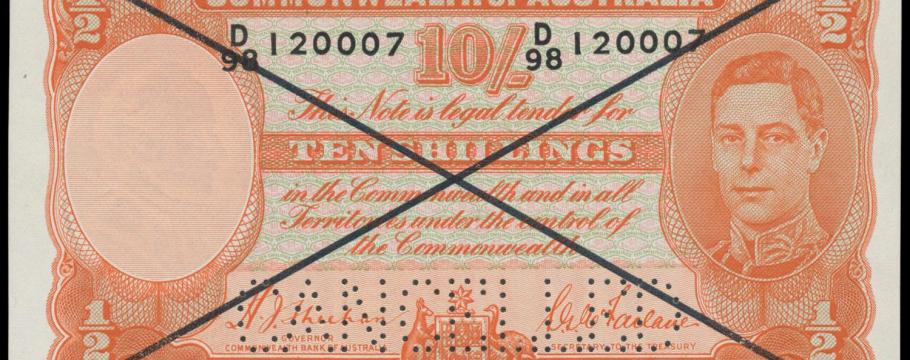
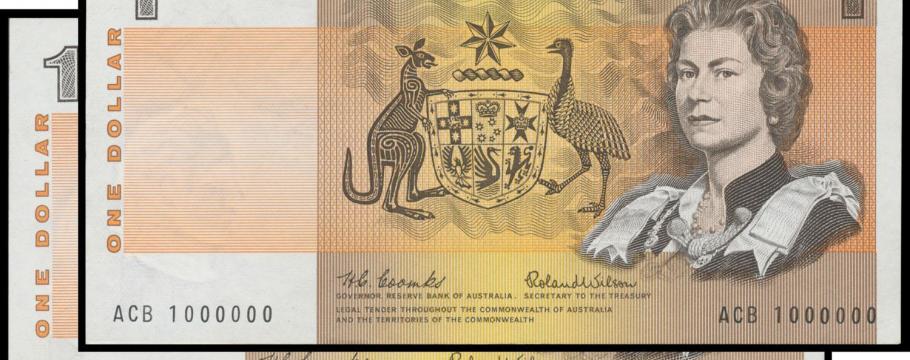
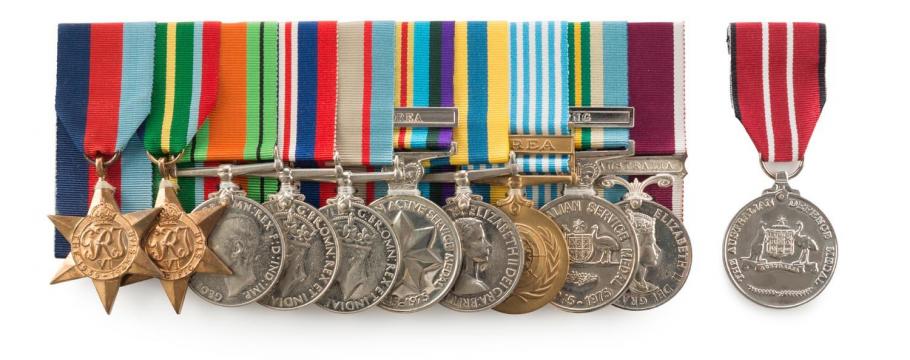
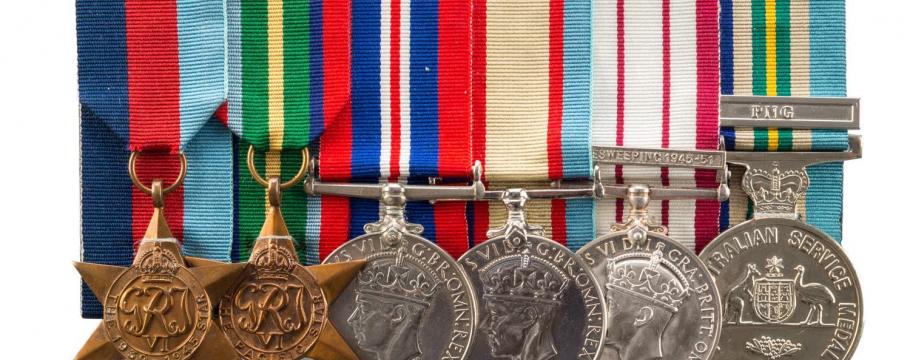
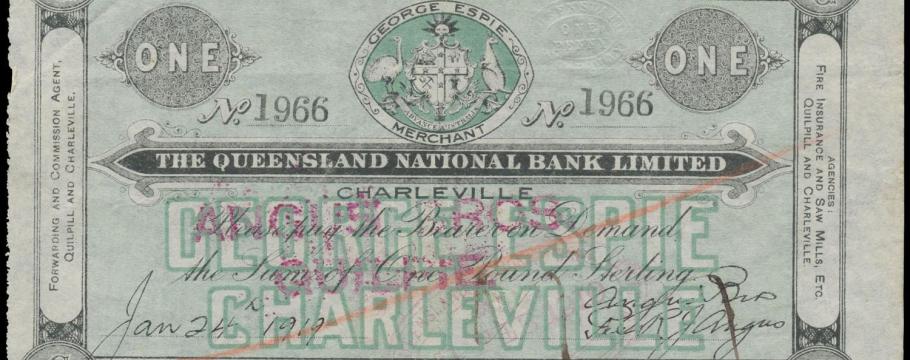
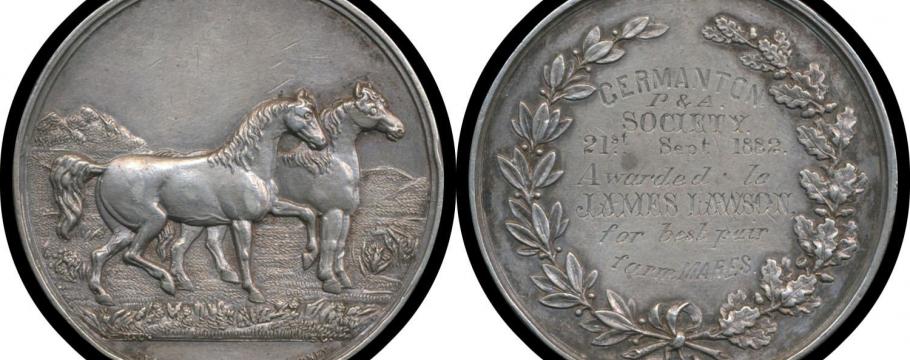
1930 Penny a huge Australian auction attraction
Author: Richard Brewster | Posted: 8th November, 2017
An Australian 1930 penny acquired in loose change by the brother and sister vendors when they were young collectors is a major highlight of Mossgreen’s forthcoming Coins, Medals & Banknotes auction from 6pm Wednesday November 15 at 926-930 High Street, Armadale.
Since the 1950s, the penny has been residing in their Hawthorn Press coin album and has never before been on the market.
Extremely rare, 1930 pennies were never meant to be minted and there are several theories on how they came into circulation.
One popular belief is the Melbourne Mint, which was not required to produce coins in 1930, presented tourists with the penny as a memento of their visit in exchange for one minted in an earlier year.
The auction contains four 1923 halfpennies (also extremely rare) and a large range of pre-decimal collections, half sovereigns and sovereigns, error coins and decimal choice uncirculated date runs.
Early banking instruments include 1820s Tasmanian Hobart Town currency notes, a ‘Port Albert Gipps Land’ 5/- die proof by Sydney engraver James Carmichael and a scarce Queensland 1919 George Espie currency note.
The Australian banknotes section features several rare notes including the £5 Star Note ‘TC/12 100000*’ and the 1966 $1 Coombs/Wilson pair with million numbered serial ‘ACB 1000000 (the last zero separately added by hand).
The $1 note is being offered with its predecessor ‘ACB 999999’ making it even more attractive to collectors.
Other highlights include a wide range of specimen notes such as the pre-Federation Commercial Bank of Sydney £20 – one of only three known – a 1939 10/- orange Type H Coombs/Watt example ‘D/98 120007’ and decimal paper and polymer specimens to $100.
An array of research and design material from Max Robinson, designer of the current $10 Mary Gilmore polymer banknote, is another strong auction attraction.
These lots contain important artefacts from the history of Australian banknote production relating to various denominations of Australian decimal notes.
Other significant auction items include two significant Australian medal groups – one a World War II/PNG Navy group of six medals with the scarce ‘MINESWEEPING 1945-51’ clasp, and the other World War II/Korea group of 12 awarded to Ted Neagle, one of five serving members from the same family.
A scarce 1882 Germanton Agricultural and Pastoral Show award is another interesting item.
Renamed Holbrook in 1915, the town held a well attended ploughing competition the previous year and, for 1882, Sydney silversmith and medallist Evan Jones produced 16 medals for cattle sheep and horses.
The auction medal was awarded to James Lawson for ‘Best Pair of Farm Mares’.


